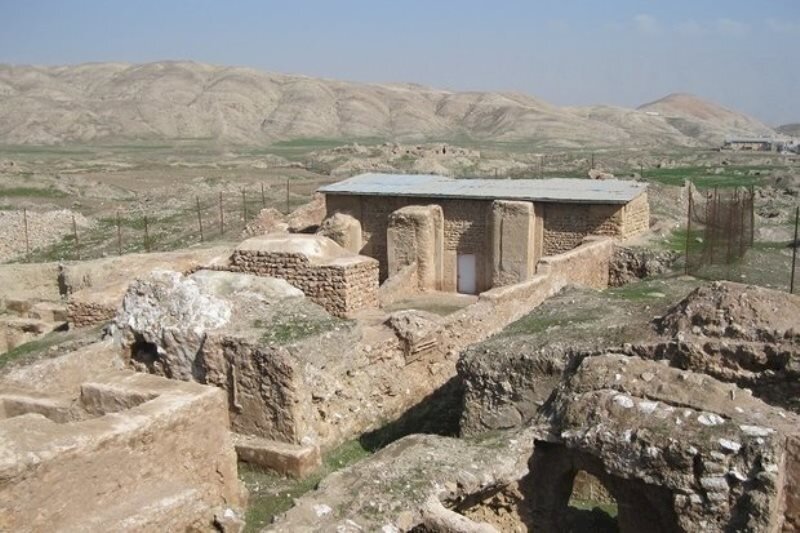Restoration work begins on Seymareh archaeological site

TEHRAN- A restoration work has commenced on Seymareh archaeological site, which is also an open-air museum over the ruins of the ancient city in Ilam province, the provincial tourism chief has announced.
A budget of 800 million rials ($19,000 at the official exchange rate of 42,000 rials per dollar) has been allocated to the project, which aims at organizing and restoring the tourist routes of the site using indigenous and traditional materials, Abdolmalek Shanbehzadeh said on Sunday.
The ancient town of Seymareh is now a part of the city of Darreh Shahr. The first archeologist to visit Seymareh was Sir Henry Rawlinson. He began an expedition to the site in 1836. He was looking for the remaining of Seymareh and considered it to have belonged to the Sassanid dynasty. Jaques de Morgan also visited this historical land in 1891 and introduced it as the same ancient city of Madakto. Then it was Aurel Stein who attempted to explore it in 1936, according to Visit Iran, the official travel guide of Iran.
Believed to be flourished on remnants of the Elamite capital, Madaktu, Seymareh dates back to the Sassanid-era (224 CE–651). Archeological findings show that the city included about 5,000 houses with some modern aspects like a water distribution system through clay pipes and underground sewers. The city was destroyed and deserted after a huge earthquake around 950 BC.
Darreh Shahr was once the summer capital of Elamites, a pre-Iranian civilization dated from 2700 to 539 BC. The city also enjoyed centuries of prosperity during the Sassanid era.
Darreh Shahr and its surrounding regions boast vestiges of Sassanid constructions such as arches, ceilings, alleys, and passages that follow a specific order of urban development criteria of the time.
ABU/AFM
Leave a Comment